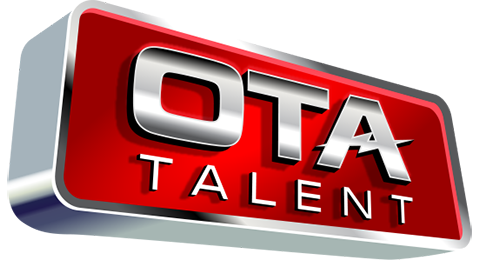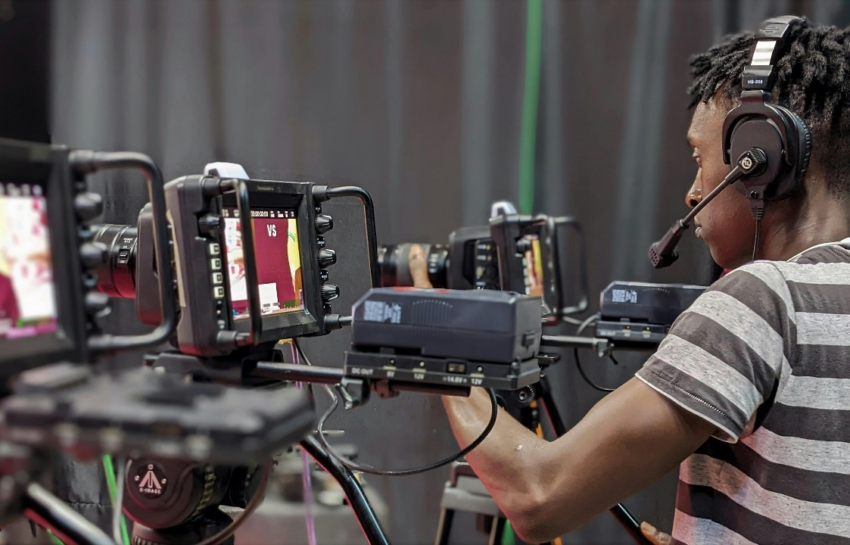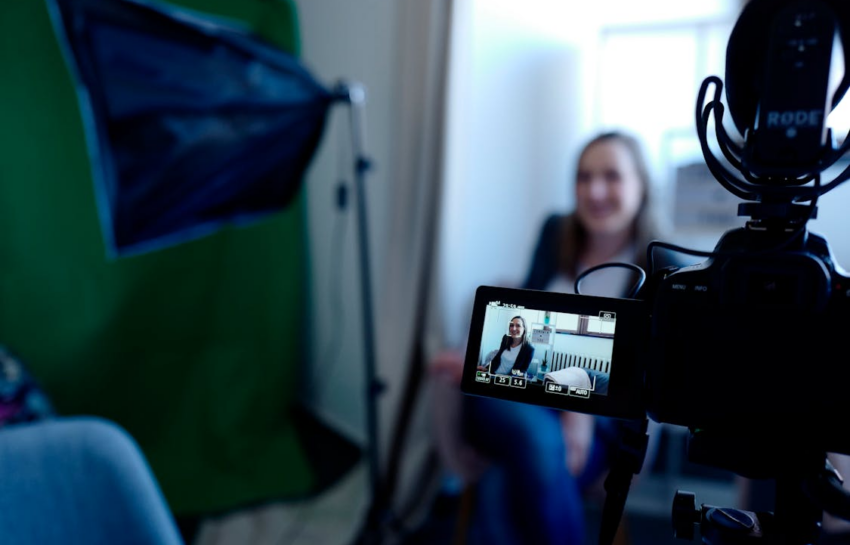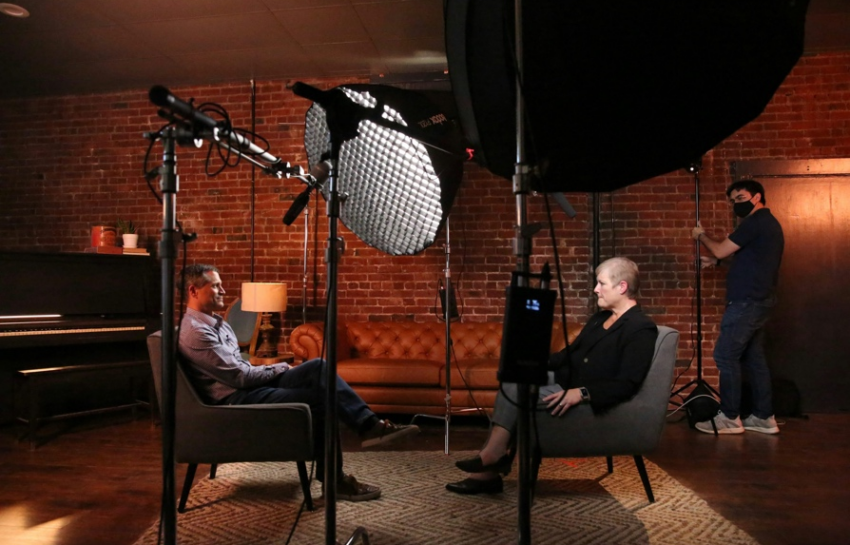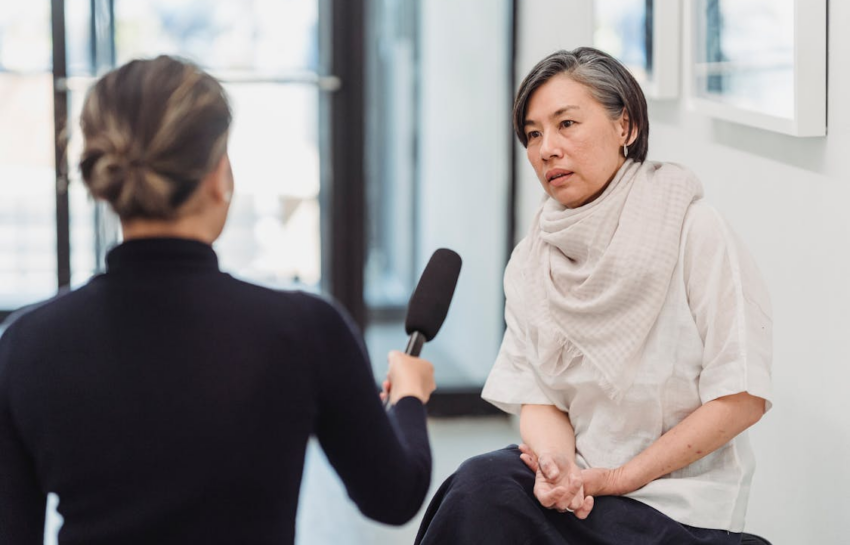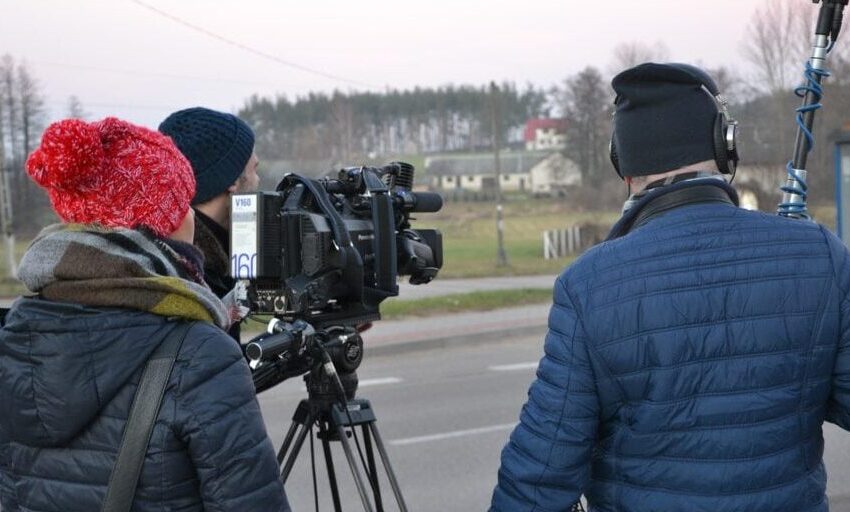The world needs diverse voices in journalism. A fair and inclusive hiring process within TV news channels allows you to tap into a wider talent pool, cultivate a richer news perspective, and, ultimately, create a more engaged audience. However, unconscious bias can creep into the traditional hiring process, hindering efforts to build a truly diverse and inclusive news team.
In this blog, we’ll explore how to hire on-air broadcast talent that can make a difference.
Unconscious Bias: The Hidden Obstacle
Unconscious bias, also known as implicit bias, refers to automatic and often unintentional stereotypes that influence our decisions. In the context of hiring, unconscious bias can lead to favoring candidates who share similar backgrounds or experiences as the interviewers. This ultimately limits the pool of qualified candidates and hinders the creation of a diverse newsroom and journalist representation.
Strategies for a Fair and Inclusive Hiring Process
Fortunately, there are steps TV news channels can take to mitigate unconscious bias and create a fair and inclusive hiring process:
- Blind Resumes and Applications: Consider anonymizing resumes during the reporter talent search by removing names, genders, and universities during the initial screening process. This allows hiring managers to focus on skills and experience.
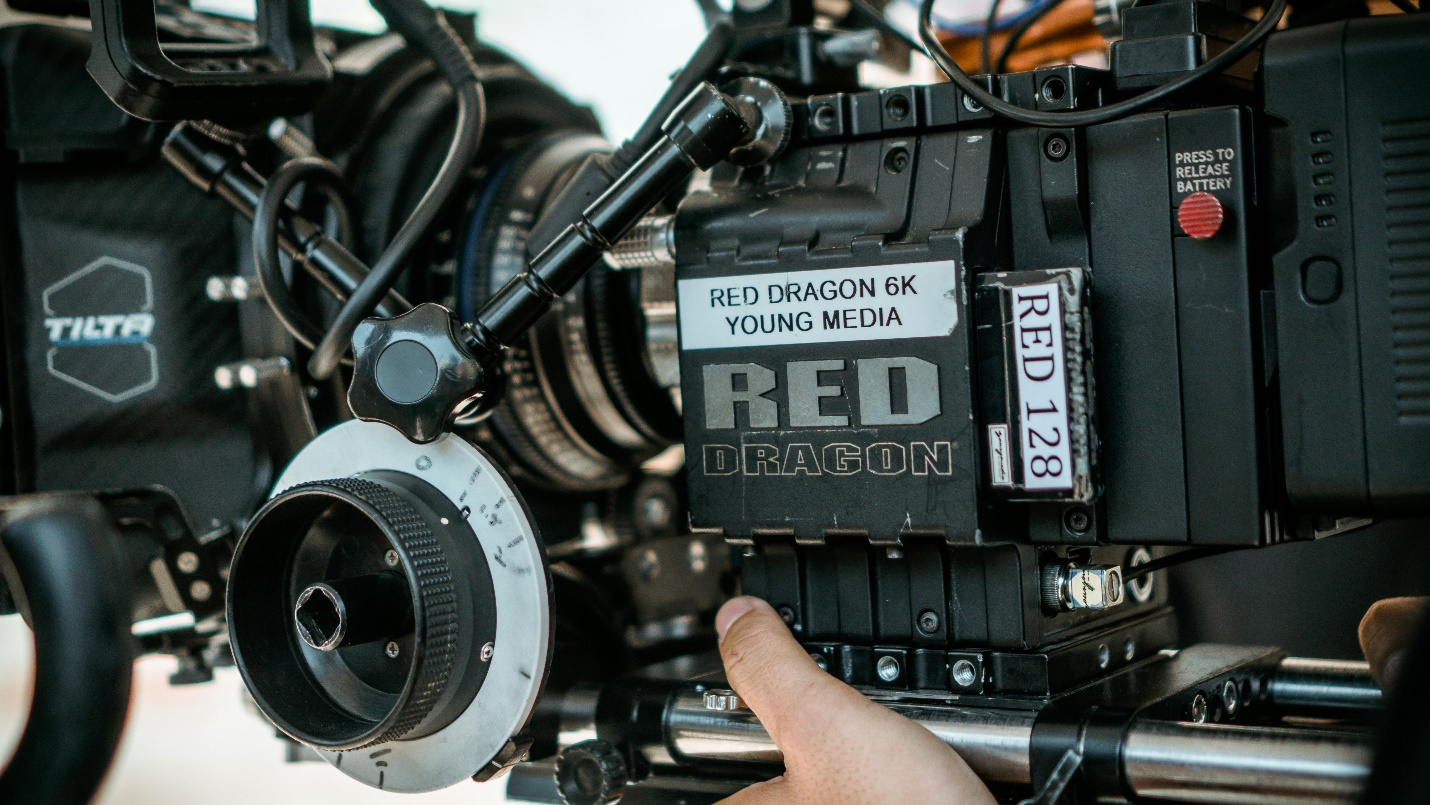
- Structured Interview Questions: Develop a set of standardized interview questions for each position. This ensures all candidates are evaluated based on the same criteria and reduces the chance of bias based on personal interactions.
- Diverse Interview Panels: Assemble interview panels that reflect the diversity you hope to achieve within your newsroom. This provides a more well-rounded perspective on candidate strengths and avoids bias based on a single viewpoint.
- Skills-Based Assessments: Utilize standardized skills-based assessments to evaluate writing, on-camera presence, or other relevant skills objectively. Consider hiring talent management servicesto help. This allows you to compare candidates based on their performance rather than subjective impressions.
- Culture of Feedback and Training: Foster a company culture that encourages open communication and feedback about unconscious bias. Provide training for hiring managers and recruitment staff to help them identify and mitigate bias in their decision-making.
The Benefits of a Diverse Newsroom
By investing in a fair and inclusive hiring process, TV news channels cultivate a newsroom with a wider range of perspectives and experiences. This leads to:
- More compelling storytelling
- Stronger audience connection
- Innovation and creativity
Building a Stronger Future for Broadcast Journalism
By creating a fair and inclusive hiring process, TV news channels can take a significant step toward building a stronger and more representative future in broadcast journalist staffing. A diverse newsroom not only delivers high-quality content but also strengthens the connection between viewers, on-air broadcast talent, and the news they consume.
Ready to build a diverse and thriving news team? Partner with our MMJ hiring agency. We prioritize inclusion and journalist representation. Reach out to OTA Talent to connect with a wider range of talented journalists, and let us guide you through creating a fair and unbiased hiring process.
